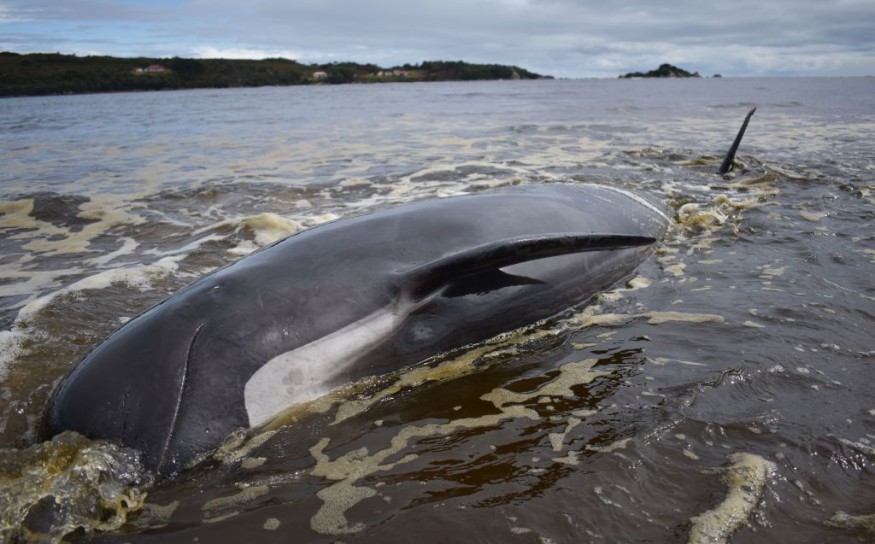Social media videos are causing harm instead of conserving Australia's whales, according to Victoria officials. A state conservation regulator has requested whale watchers to stay away from the marine animals or risk incurring hefty fines. This comes as increasing incidents of social media videos posted online feature surfers, swimmers, and people in boats getting too close with the sea creatures.
The Victorian Conservation Regulation reportedly said TikTok users and Instagram users who are filming and sharing up-close videos of the whales pose a threat to the animals' welfare and promote dangerous interactions. Starting September, the regulator has kicked off live dynamic water patrols to ensure spectators maintain a safe distance from whales and other marine mammals, including dolphins.
Based on the new measures, potential fines of up to $3698 wait for violators of the local ordinance. Local authorities encourage the public to stay away several hundred meters away from the animals, which have often engaged in social interaction with humans. It is still not clear if the rules are only imposed by the Victorian Government and if they will be also applied by other states in Australia.
In recent years, there has been a spike in social posts, including photos and videos, showing people engaging physical contact with marine animals. While a number of positive or animal-friendly content has been posted, there are certain cases where uploaders violate local laws pertaining to the protection of animals, which are protected by national laws, including Australia.
Victoria Regulator Warning

Chief Conservation Regulator Kate Gavens said being ignorant of the rules for the sake of photos or garnering social media likes was "completely unacceptable," as cited by The Canberra Times.
Too many people are ignoring the minimum distance mandated to ensure the safety of animals, according to Jools Farrell, vice president of the marine mammal rescue group ORRCA, as cited by the Australian media outlet.
Farrell emphasized that one must stay 100 meters away from a whale if he or she is in a vessel. If the whale is a calf, a person needs to say 300 meters away. Meanwhile, a distance of 500 meters must be exercised if an individuals encounter a Migaloo or a white whale.
Social Media Photos
A number of conservationists denounce the excessive contact of humans with whales and other wild animals, especially if it is for the purpose of gaining influence online. However, there are instances where some scientists find a sign of benefits from it.
Back in February 2022, researchers from The Ohio State University expressed that these social media or vacation photos of whales and zebras in the wild can help the scientists who track and gather information on endangered species, as summarized by Phys.org.
The topic was previously covered by Nature World News, which showed that the Ohio University research team utilize artificial intelligence (AI) to analyze photos of sharks and other animals to track individuals and their movements.
In May, the non-profit animal rights organization People for the Ethical Treatment of Animals (PETA) warned the public not to like or share videos of animals being teased on social media.
In particular, PETA cites examples of these footages like scaring or demeaning other animals, including household pets.
© 2025 NatureWorldNews.com All rights reserved. Do not reproduce without permission.





